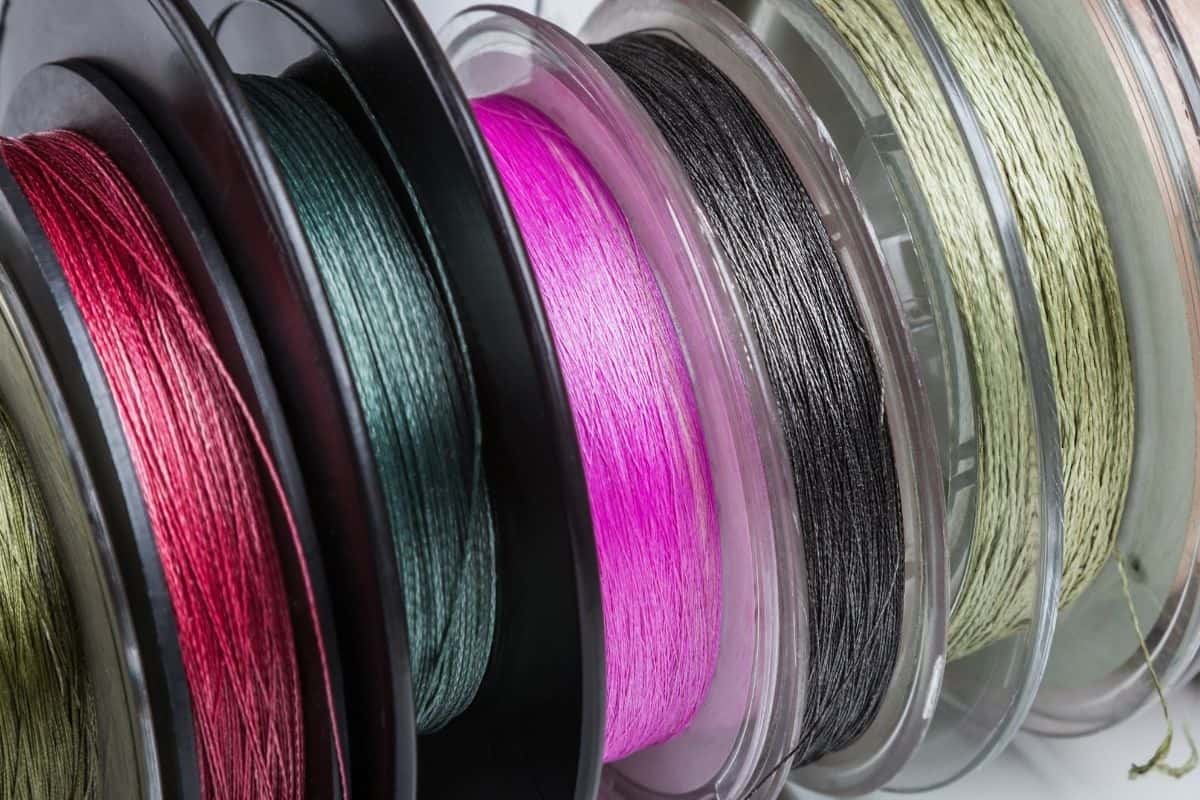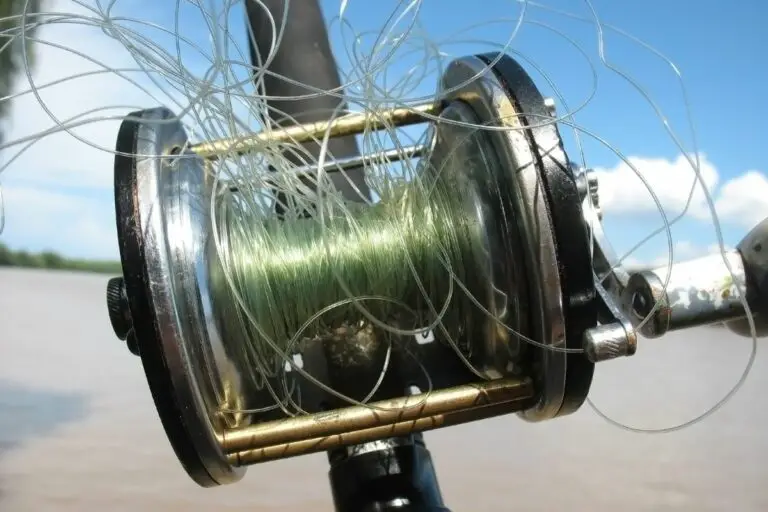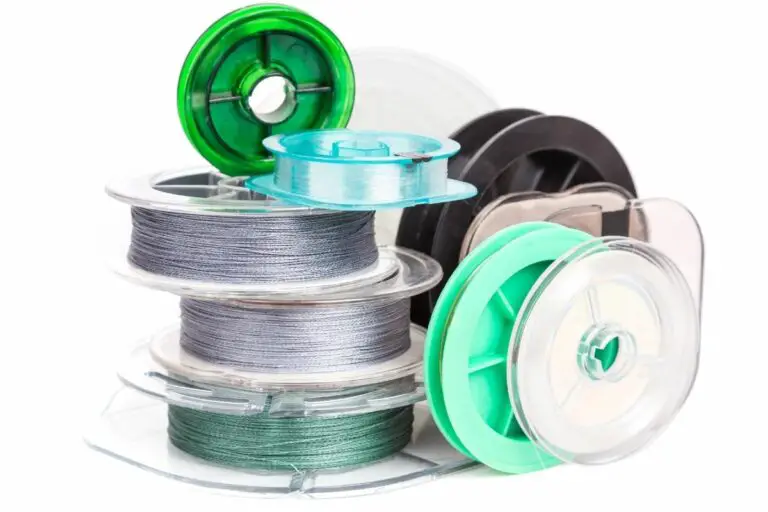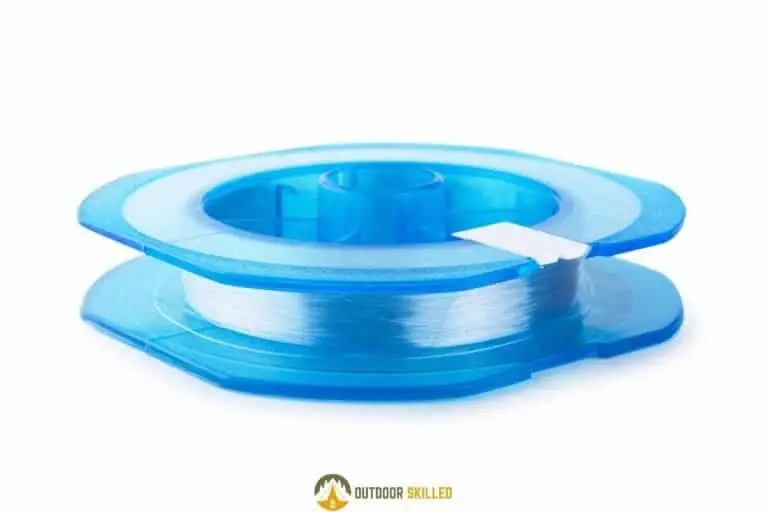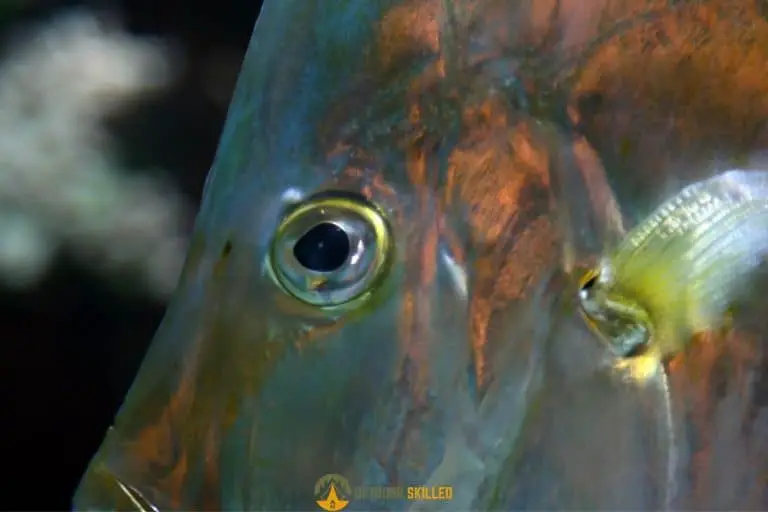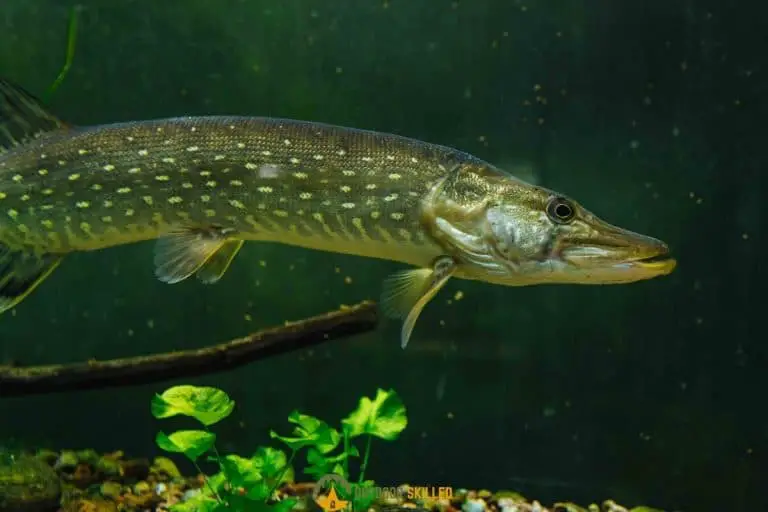Why Is Braided Line Banned (And Where)?
Braided fishing lines have come very far in popularity in the past few years. Despite their drawbacks and expense, many anglers prefer them for their outstanding benefits. Yet some lakes and fisheries are starting to ban the use of braided lines which caused some frustration among anglers who used them.
But, why is braided line banned? Braided fishing lines are banned in some lakes and fisheries because some anglers use them in high breaking strain to fish in snaggy or heavily weeded areas which cause a lot of damage to the fish. It also cuts into monofilament lines causing loss of rigs, live bait, and hooked fish which may lead to conflicts between anglers.
Read this article for more detailed information about braided lines, what benefits and drawbacks to expect from them, and when it’s best to use them. You can also check the best braided lines for the money here (these suit every budget).
Table of Contents
Why Are Braided Lines Better?

Braided lines are made up of strands of fiber weaved together to make a single line. The material used is a synthetic fiber coated with Teflon that makes the lines smooth and feeling almost like fabric.
Braided lines are best if you’re looking for a long lasting strong line that can carry a lot of weight. It’s also excellent when it comes to casting accuracy and casting for long distances.
Now let’s make a quick comparison between the main advantages and disadvantages of braided lines:
| Advantages | Disadvantages |
|---|---|
| High knot strength | Very Expensive |
| High breaking strength compared to its small diameter | More vulnerable to abrasion damage |
| No stretching capabilities | Difficult to cut |
| No memory | Very Visible in water |
| Least prone to line twists | More specialized (not ideal for all types of fishing and species) |
How Often Do You Need to Change Your Braided Line?
Because of their physical properties, braided lines are considered the longest lasting line compared to all the other types of fishing lines.
Check the following table to learn how many times in a year you would need to change your braided fishing line, depending on how much you use it:
| Heavy Use | Moderate | Light | No Use (shelf life) |
|---|---|---|---|
| 1 to 2 times a year | Once a year | Once a year | Over 10 years |
If you do not mind the expense, the advantages of braiding definitely outweigh their drawbacks. However, choosing your line will always depend on your preference and your fishing style.
Top Picks of braided lines
There are several options for braided lines available in today’s market. Here are some of the top-rated braided lines available on Amazon:




These options come in various strand strengths, weights, and spool lengths, so you have a chance to get exactly what you need for your fishing trips.
The Banning of Braided Lines
As mentioned before braided lines are very strong because of their physical composition and small diameter.
This led to braided lines being banned in some lakes and fisheries because of the danger of them misused as mainline, as some anglers used them to fish in snaggy and heavy weeded areas. To put it simply, there are fishing in swims and areas which shouldn’t be fished in at all with no concern to the damage to the fish.
Using braided lines as a main line in high breaking strains causes damage to the fish mouths. If used in lower breaking strains it can also cut into the flank of the fish.
There are some places that have banned braided lines because of incidents such as the braided line cutting into the monofilament line of other anglers causing them to lose their rigs, live bait, or hooked fish which led to conflicts between the anglers.
If you’re not sure whether braided lines are banned in your area, it’s best to contact your local authorities for more information.
What Alternatives You Can Use Instead Of Braided Lines?
The banning of braided lines can be frustrating for many anglers. Fortunately, there are alternatives you can use instead of braided lines like Monofilament lines and Fluorocarbon lines. They each have their own benefits.
Monofilament lines are best if you’re a beginner or looking for a cheap option that’s easy to use. It’s stretchy so it’s good for absorbing shocks.
Fluorocarbon lines are pricier and require more skill, but they’re long lasting and very resistant to damage. They’re good for fishing in clear water because they can be almost invisible underwater.
Related Questions
Why Do You Need To Use A Leader For A Braided Line?
The reason why you need a leader for braided line is that it doesn’t grip onto the spool, so if you tie the braid straight onto it, the line might free spin and you could lose your catch. However, monofilament line does grip onto the spool, so the best way to overcome this issue is to use the monofilament line as a base on the spool.
How to Use Backing for Your Braided Line?
There are two main methods for backing your braided line. The first is by using tape, wind the tape 5 or 6 times around the spool of the fishing reel covering it entirely with several layers. The second is by using Monofilament line, tie a part of the monofilament line onto the spool first as backing, then secure the braided line to the monofilament line.
How Do You Stop Wind Knots in Braided Lines?
The best way to stop wind knots in braided lines is to manually close your bail when spooling it. Then, you need to give your braided line a strong tug to make sure it is tight.
Does The Number of Strands Make a Difference in Braided Lines?
Yes, the number of strands in braided lines does make a difference. The fewer the number of strands, the better the abrasion resistance, as there are fewer strands to cause fraying when the line rubs against something strong. On the other hand, the higher the number of strands, the better the performance, as the heavier line would be cast further and sink deeper.
Why Do Fishing Lines Become Curly?
The reason why your fishing line might be loose and curly is that it was not spooled correctly in the first place. This happens when you secure the fishing line directly to the spool. Another reason is that some lines can absorb more water, which causes them to curl.

